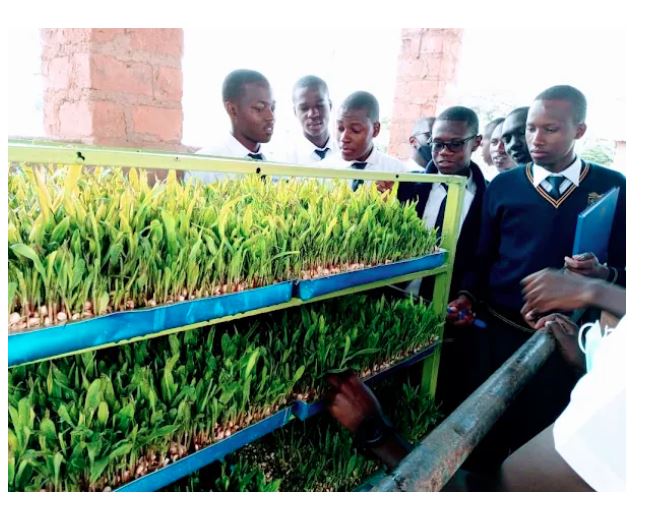Hydroponic Maize and Sorghum Fodder

Hydroponic Maize and Sorghum Fodder
About Hydroponic Farming
Hydroponic farming is the process of growing plants without soil, a technology dating back to the famous hanging gardens of Babylon. Using locally available materials, hydroponics can control temperature, making it feasible for farmers to construct units that support feeding livestock like dairy cows, pigs, goats, sheep, and poultry.
Steps for Planting Hydroponic Barley/Wheat Fodder
- Weighing and Soaking: Weigh the seed and soak it in water for up to 4 hours.
- Drain and Incubate: Drain the water and let the seeds incubate in a bucket for 2 days.
- Plant on Clean Trays: Transfer seeds to clean trays on a slope for proper drainage.
- Watering: Water the trays generously at least three times a day.
- Harvesting: Feed poultry on day 4, pigs on day 6, and cows, goats, sheep on day 8.
Advantages of Plants Grown Hydroponically
- Fast growth and early maturity due to optimized growing conditions.
- Increased yield and harvesting period with minimal use of fertilizer, water, and space.
- Elimination of soil-borne diseases and reduction in agricultural inputs.
Requirements for Setting Up a Hydroponic Vegetable Production Unit
- Hydroponics housing unit designed to control temperature.
- Hydroponics containers for planting and growing fodder.
- Quality seeds like barley or white sorghum.
- Clean water free from impurities.
- Suitable support surfaces like treated aluminum trays.
- Hydroponic nutrients or water-based fertilizers.
- Introductory manuals and training for optimal setup and maintenance.
